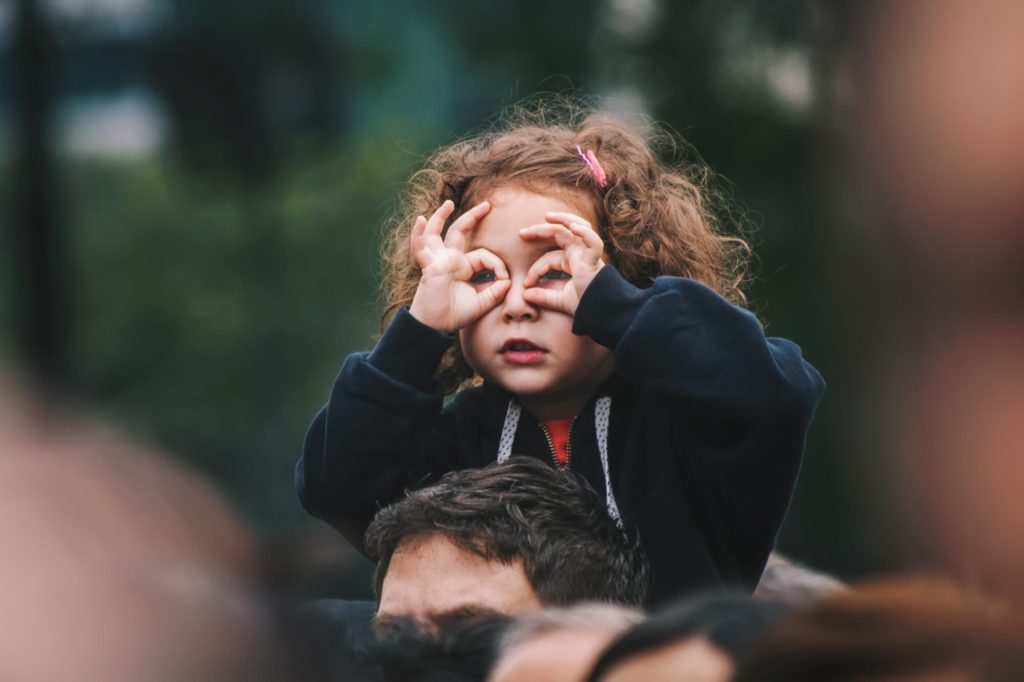According to one estimate, nearly 60% of children that have learning difficulties suffer from some type of undiagnosed vision issue because 80% of children’s learning is visual. This means that these children face serious problems in their educational and social development. Fortunately, there are many things which parents can do to save their children from the negative impact of vision problems.
Common Problems of Vision in Children
In many children, vision problems remain undiagnosed because these children are unable to self-report. Another reason is that parents don’t get their children to an ophthalmologist for a regular and comprehensive eye examination.
Their vision may be checked at the school for visual acuity and that is it. Although it’s a significant visual test, there are a lot of other things for which children are not examined.
Some common visual problems include the following:
- Amblyopia or “Lazy eye”: This refers to the condition in which a child has poor vision in one of the eyes. Astigmatism is a typical cause of lazy eye. It leads to a difference in the refractive error of each eye or crossed eyes. If the condition is left undiagnosed and untreated it can lead to permanent vision loss in one eye.
- Astigmatism: It is a refractive error in the eye which causes blurred vision. Its effects can be quite subtle which might be missed during a routine vision examination. Corrective lenses are used to treat this condition. It can lead to amblyopia if left untreated.
- Convergence Insufficiency: It is a binocular vision problem. The eyes in this condition drift in the outward direction when viewing close things. It makes tasks such as reading or watching nearby things difficult.
- Strabismus: It is a condition characterized by misalignment of eyes while moving them up, down, left or right. If the condition is not treated, it leads to amblyopia. Patching, special glasses or in some cases surgery can correct this condition.
Signs for Parents to Watch for
Some of the symptoms of vision problem are easily noticeable like eyes turning inward or outward, frequently squinting of eyes etc. But others may need careful observation. It is always a good thing that you take your child to a professional ophthalmologist for a regular and comprehensive eyes examination.
If you notice any of the following signs make sure you take your child to an ophthalmologist as soon as possible:
- Rapidly blinking or rubbing their eyes frequently
- Have a short attention span
- Have a problem with close reading activities or avoid them altogether
- Report frequent headaches
- Eyes feel crossed or going in one direction while focusing on an object or watching in a certain direction
- Tilt head in one side while watching something
- Hold the reading materials close to their eyes
- Sit very close to screens while watching something
- Often lose the place where they were reading
- Put a hand on one eye to cover it during visual activities
- Report blurry vision
If you notice one or more of these warning signs, don’t delay an eye exam that may save your child from serious vision problems in the future.




